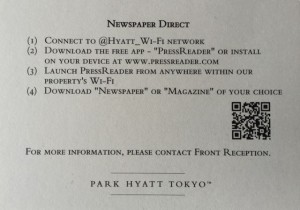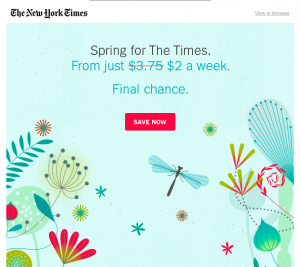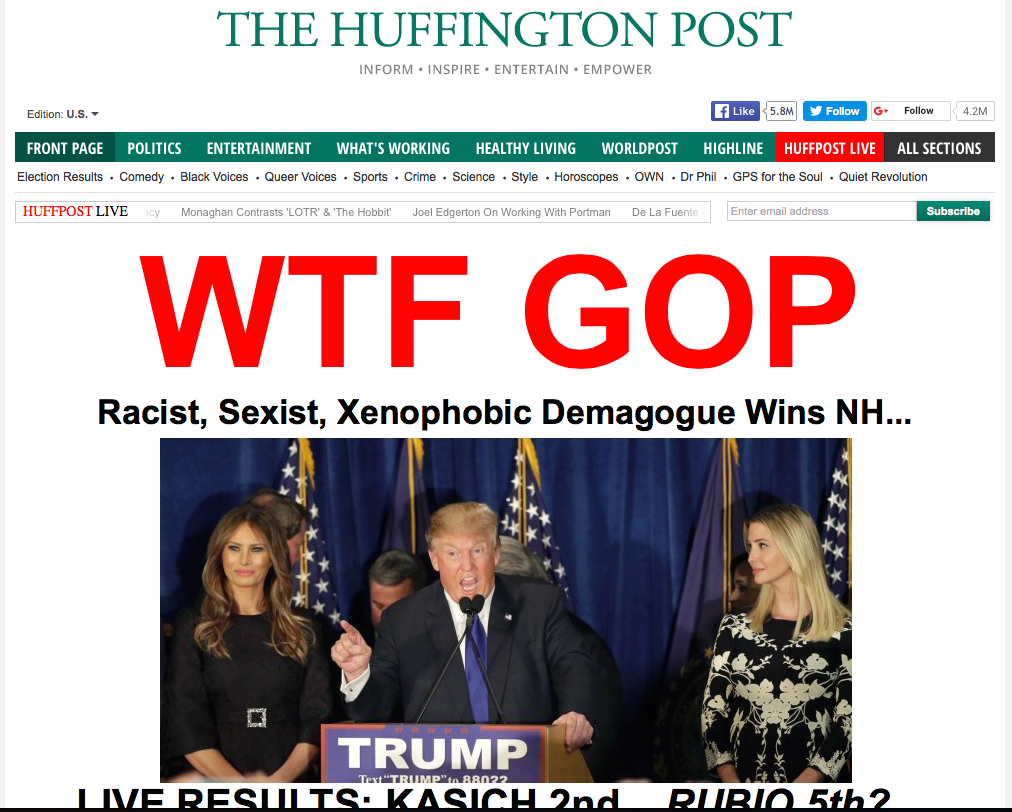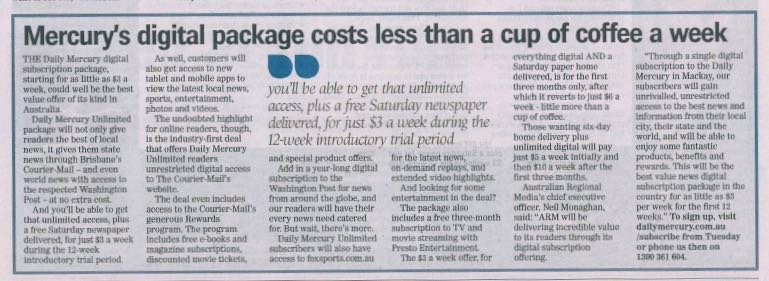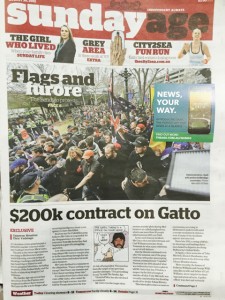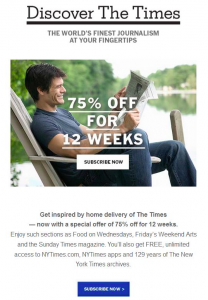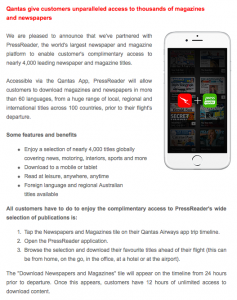The ridiculous distribution of Stationery News continues
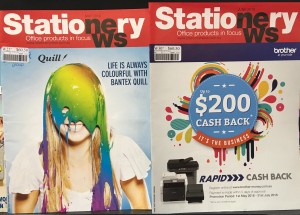 We received another issue of Stationery News magazine today. This is a magazine for stationery retailers. We did not order it. It has not been supplied for sale in the newsagency. It has been sent as firm sale – this means we cannot return it unless we jump through time-consuming hoops.
We received another issue of Stationery News magazine today. This is a magazine for stationery retailers. We did not order it. It has not been supplied for sale in the newsagency. It has been sent as firm sale – this means we cannot return it unless we jump through time-consuming hoops.
I think the supply of Stationery News in this way to small business newsagents is unethical and socially irresponsible.
Yaffa is the publisher. This is after advising we have no interest in this magazine and the subscription that is being unethically forced on small business newsagents around the counter. In addition to getting a credit we ought to be paid for the time this unwarranted supply is causing not only us but other newsagents around Australia.
Shame on all involved.
Checking the Yaffa website tonight I found this:
Each title at Yaffa Media is led by a team of experts in their respective field that are dedicated to providing quality products designed to inform, entertain and inspire.
It also appears Yaffa Media has people who push a title onto retailers despite the retailers saying they do not want the title, causing those sent the title to have to spend time and money to geta credit for the magazine they did not ask for and do not want.
